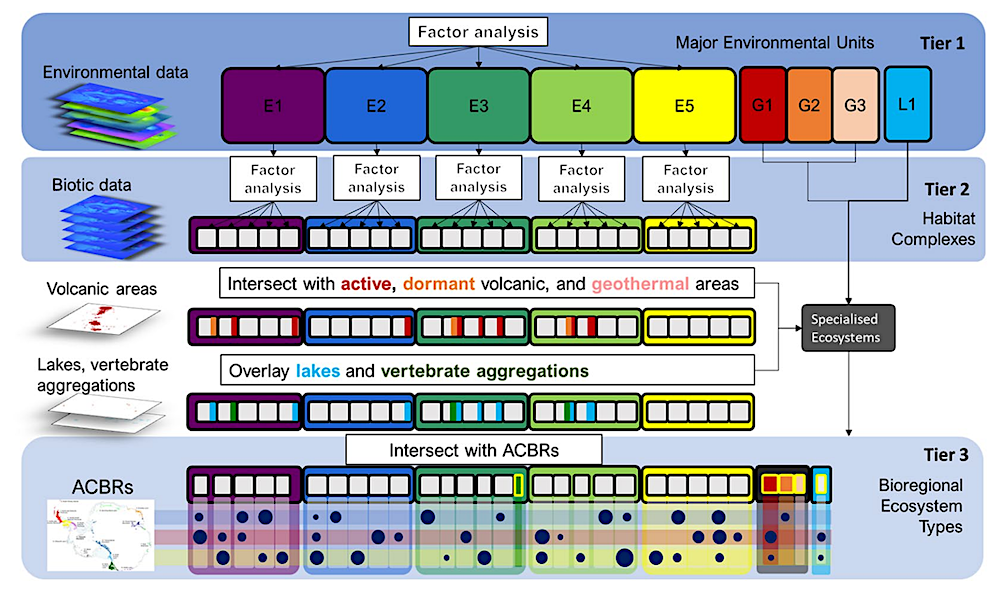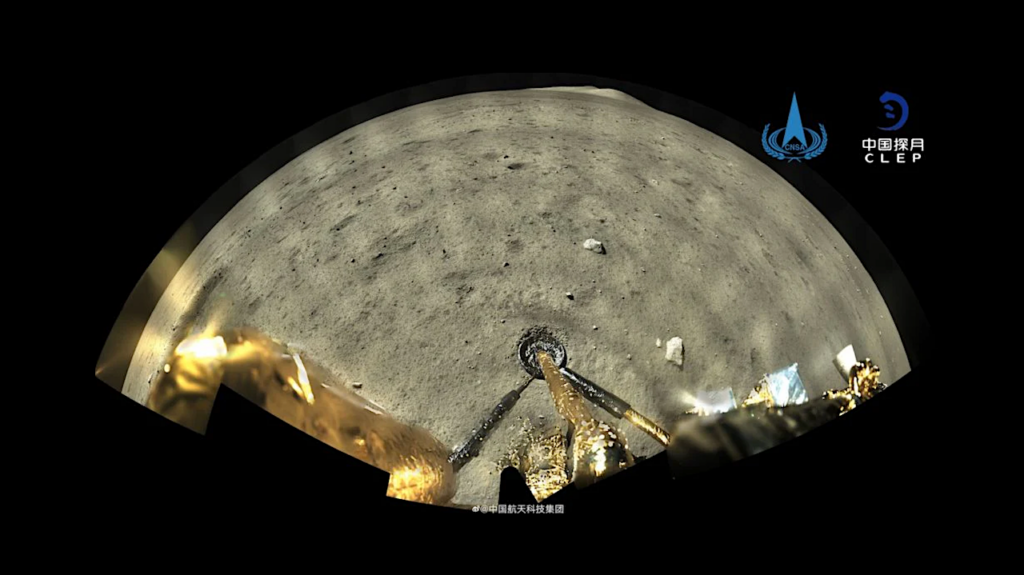Ice Planet Exploration: A Dataset Of Antarctic Ecosystems In Ice-free Lands

Astrobiology.com Editor’s note: Recently the Fram2 mission took four astronaut explorers on an orbital path that covered both of our planet’s polar regions. This was the fist human mission to orbit Earth at an inclination of 90° i.e. over both the North and South poles.
The Fram2 mission was named to honor the Norwegian exploration ship “Fram” which conducted some of the most iconic, initial explorations of Earth’s polar regions. For large parts of their orbit, the Fram2 crew were orbiting an ice planet – or an ocean planet – as well as a terrestrial world.
Our home world’s polar regions are like the proverbial canary in a coal mine when it comes to being early alarms of planetary climate change. They are also storehouses of information of how our world’s cryosphere has grown and ebbed over millennia as climate went through cyclical changes. Now, they reflect climate changes caused by human activity.
We have two new astrobiology/astrogeology explorer missions on their way to Europa – NASA’s Europa Clipper and Europe’s Jupiter Icy Moons Explorer (JUICE). These two missions will often work in tandem with complementary instrumentation. Together with Juno, which is already orbiting Jupiter, they will build upon decades of exploration of the jovian system and its plethora of icy moons by Pioneers 10 & 11, Voyagers 1 & 2, Galileo, and visits by Cassini and New Horizons.
As the crew of Fram2 flew across vast expanses of icy terrain their eyes complemented the various spacecraft we now use to study the cryosphere. Not only do we learn more about our home world. In so doing, we also prepare ourselves for a detailed recon of the many icy worlds orbiting Jupiter.
And as we study these icy worlds we can apply knowledge gained by studying Earth’s polar regions and the various life forms that they host with what we see in Jovian space. If there is life on one or more of these worlds we’ll have a good background with which to begin the initial categorization of new ecosystems.
The search for life in extreme environments uses Earth’s polar regions as “analogs” of the conditions we expect to find on other worlds. Studying Earth life that has adapted to existence in these extreme conditions on this planet can help us gain insight into what might happen on other worlds. Emphasis on “might”. The dry, ice free regions such as the Antarctic Dry Valleys, are where much of this astrobiology research ins conducted.
This dataset by the University of New South Wales et al is an example what we will one day be required to develop for every one of the worlds we visit and explore.
A Dataset Of Antarctic Ecosystems In Ice-free Lands: Classification, Descriptions, And Maps,
University of New South Wales

Graphic representation of the hierarchical classifcation process. Large, coloured cells (top row) represent Tier 1 Major Environmental Units (E1-E5); nested cells (middle rows) represent Tier 2, Habitat Complexes (including Distinct Overlay Ecosystems); and dark blue circles (bottom row) represent Tier 3, Bioregional Ecosystem Types. Geothermal Major Environmental Units are represented as red, orange, and pink nested cells. Penguin breeding areas are represented as a green cell nested within E1. Te Lakes Major Environmental Unit (L) has one Habitat Complex (L1) represented by light blue cells. Antarctic Conservation Biogeographic Regions (ACBRs) in Tier 3 are illustrated by semi-transparent horizontal bands. Numbers and sizes of cells and circles are not to scale and are intended for illustration purposes only. Circles representing Bioregional Ecosystem Types have been placed to indicate that not all combinations exist, and existing combinations vary in size.
Antarctica, Earth’s least understood and most remote continent, is threatened by human disturbances and climate-related changes, underscoring the imperative for biodiversity inventories to inform conservation.
Antarctic ecosystems support unique species and genetic diversity, deliver essential ecosystem services and contribute to planetary stability.
We present Antarctica’s first comprehensive ecosystem classification and map of ice-free lands, which host most of the continent’s biodiversity. We used latent variables in factor analyses to partition continental-scale abiotic variation, then biotic variation represented in spatial models, and finally recognised regional-scale variation among biogeographic units.
This produced a spatially explicit hierarchical classification with nine Major Environment Units (Tier 1), 33 Habitat Complexes (Tier 2) and 269 Bioregional Ecosystem Types (Tier 3) mapped at 100 m resolution and aligned with ‘level 4’ of the IUCN Global Ecosystem Typology.
This comprehensive ecosystem inventory provides foundational data to inform protected area designation under the Antarctic Treaty’s Environmental Protocol and track risks to Antarctic ecosystems. Its tiered structure and workflow accommodate data scarcity and facilitate updates, promoting robustness as knowledge builds.
- Toth_Dataset_2025.pdf (2.22 MB)
- CODE AVAILABILITY : All code used to develop the data records described in this paper is available at https://github.com/anikobtoth/Antarctica.

Amalgamation rules for Bioregional Ecosystem Types. Decision tree for lumping candidate bioregional combinations of Habitat Complex and ACBR into the fnal Bioregional Ecosystem Types. At least 5% of pixels in the candidate unit in question need to be next to a pixel of another unit to be considered “adjacent”. Red arrows are followed upward if the condition is not met, and green arrows are followed downward if it is.

Spatial distribution of Habitat Complexes within each Major Environmental Unit (top lef to bottom right): E1 mild lowlands; E2 midland mesic environments; E3 midland dry sunny environments; E4 rugged high mountains; E5 highland windy plateaus; and G1-G3 geothermal ecosystems with L1 lake ecosystems. Dark grey pixels on each map indicate distribution of ice-free areas assigned to other Major Environmental Units.
Astrobiology,








